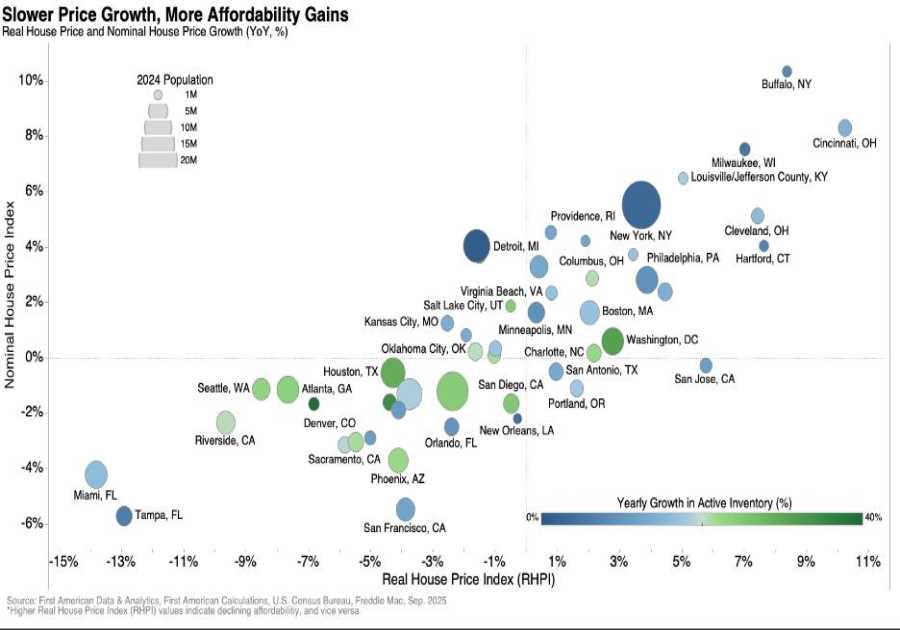Distinctive features of the American market
A distinctive feature of the American market is the variety of financial instruments: more than 5,000 shares, about 1,000 depositary receipts, more than 2,000 ETFs, and bonds. For comparison, the Russian market is approximately 2,000 debt instruments and, in terms of shares – about 280 securities. American sites are multinational; securities of both national and international companies are traded here. Among the market participants, among other things, there are our domestic public companies, most of which are also on the Moscow Exchange site. For example, depositary receipts of the Russian MTS, Chinese Alibaba, Indian Tata Motors, and 1,000 other foreign companies are in circulation in the US market.
The American market provides investors with great opportunities for industry diversification of investments. Compared with the same Russian market, represented by 17 sectors, the US market circulates securities of issuers from 20 industries. If we compare the structure of the Russian and American markets, then: the Russian market, as a direct reflection of the resource-based economy of the Russian Federation, has a significant bias towards the oil, gas, and mining departments; in the US market, the technology and financial sectors stand out in terms of capitalization. Each sector of the US market, in turn, is divided into several industries. Companies from 129 sectors are on the US stock market.
The variety of trading platforms is an absolute plus for investors.
Exchanges, competing, can offer more favorable conditions for their customers
Greater liquidity of investments is available: a fascinating fact is that securities of the same issuer can be traded on several sites at once under the same ticker. At the same time, the orders placed by the investor for the purchase/sale are broadcast by the broker to all sites at once, which allows you to make transactions with minimal losses and transaction costs.

The main distinguishing feature is that there are many exchanges in the US stock market, unlike Russia: from small to global giants, different in scale and range of instruments provided.
Structure of the American market
The list of participants in the US stock market, their tasks, and functions are like the structure of the Russian market (see the article “How the stock market works “): the exchanges themselves, investors, issuers, clearing organizations, and brokers. By analogy with the Central Bank of the Russian Federation in Russia, located in America, the regulators of the trading process are two leading financial institutions – the Federal Reserve System (FRS) and the SEC Securities Commission. Many independent departments create rules for the interaction of stock market participants and monitor their implementation (FOMC, FINRA, etc.).
As for the US exchanges themselves, there are currently more than 10. Some are part of international exchange holdings of the existing modern list of businesses. Some are universal, and some are specialized. And if you look at the history of the market, you formed many trading platforms here, some of which, over time, could not withstand competition and went out of business; others consolidated into groups.

The figure shows, as an example, a list of exchanges where shares are trading from the foreign trading terminal Trader Workstation:
American Stock Exchange (NYSE MKT LLC, formerly AMEX)
The American Stock Exchange (NYSE MKT LLC, formerly AMEX) is one of the US stock exchanges, founded in 1911 in New York. Currently renamed NYSE MKT LLC and owned by the NYSE. Capitalization – about $1 trillion.
The company’s heyday came in the second half of the 20th century when the number of companies listed on the AMEX sites almost equaled the NASDAQ. But after the launch of the electronic trading platform on the NASDAQ exchange, there was a significant outflow of bidders. In response to the current crisis conditions, the company began to look for alternative ways of development – expanding the list of available instruments and launching a listing of foreign companies. These measures had a temporary effect. During these difficult times for the exchange, AMEX “passed into the hands” of NASDAQ, then there was a buyback. But in the end, in 2008, in the context of the global economic crisis, AMEX finally lost its viability – it lost its sovereignty, passing into the possession of the NYSE and renamed NYSE MKT LLC.
Today, NYSE MKT LLC is a platform for listing and circulation companies with small and medium capitalization. In the exchange environment, it is considered a “bridgehead” for dispersing small companies, which subsequently go to the NYSE exchange upon reaching a certain level.
 About Complete Controller® – America’s Bookkeeping Experts Complete Controller is the Nation’s Leader in virtual bookkeeping, providing service to businesses and households alike. Utilizing Complete Controller’s technology, clients gain access to a cloud platform where their QuickBooks
About Complete Controller® – America’s Bookkeeping Experts Complete Controller is the Nation’s Leader in virtual bookkeeping, providing service to businesses and households alike. Utilizing Complete Controller’s technology, clients gain access to a cloud platform where their QuickBooks file, critical financial documents, and back-office tools are hosted in an efficient SSO environment. Complete Controller’s team of certified US-based accounting professionals provide bookkeeping, record storage, performance reporting, and controller services including training, cash-flow management, budgeting and forecasting, process and controls advisement, and bill-pay. With flat-rate service plans, Complete Controller is the most cost-effective expert accounting solution for business, family-office, trusts, and households of any size or complexity.
file, critical financial documents, and back-office tools are hosted in an efficient SSO environment. Complete Controller’s team of certified US-based accounting professionals provide bookkeeping, record storage, performance reporting, and controller services including training, cash-flow management, budgeting and forecasting, process and controls advisement, and bill-pay. With flat-rate service plans, Complete Controller is the most cost-effective expert accounting solution for business, family-office, trusts, and households of any size or complexity.
 The post Stock Trading: The Dynamics first appeared on Complete Controller.------------
The post Stock Trading: The Dynamics first appeared on Complete Controller.------------Read More
By: Complete Controller
Title: Stock Trading: The Dynamics
Sourced From: www.completecontroller.com/stock-trading-the-dynamics/
Published Date: Wed, 02 Nov 2022 18:00:55 +0000
Did you miss our previous article...
https://trendinginbusiness.business/finance/when-to-consider-attracting-external-financing
.png)





